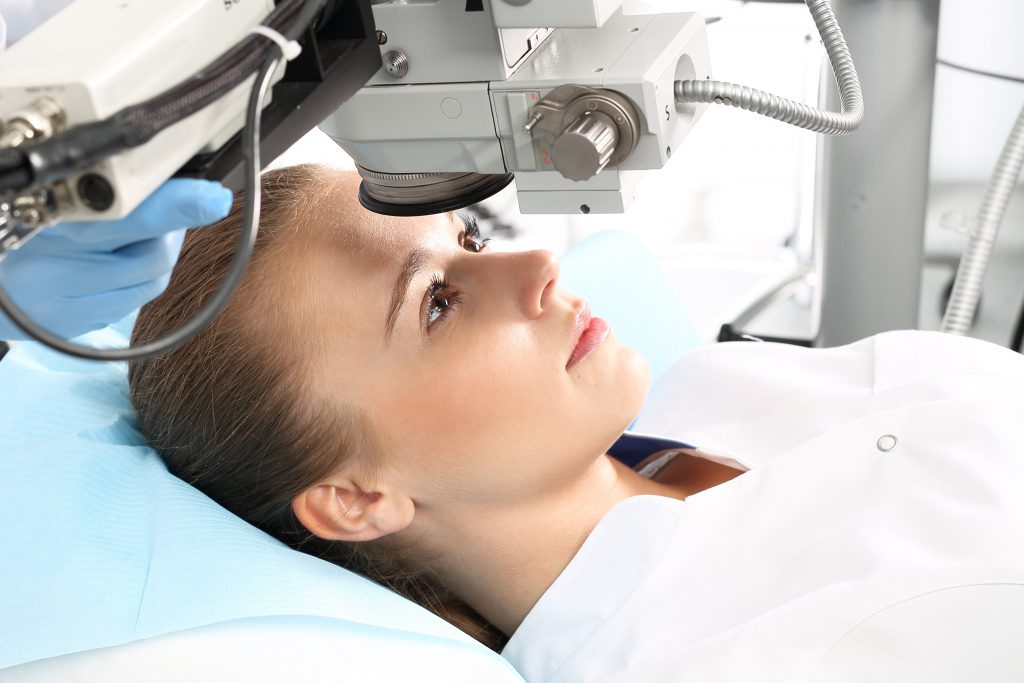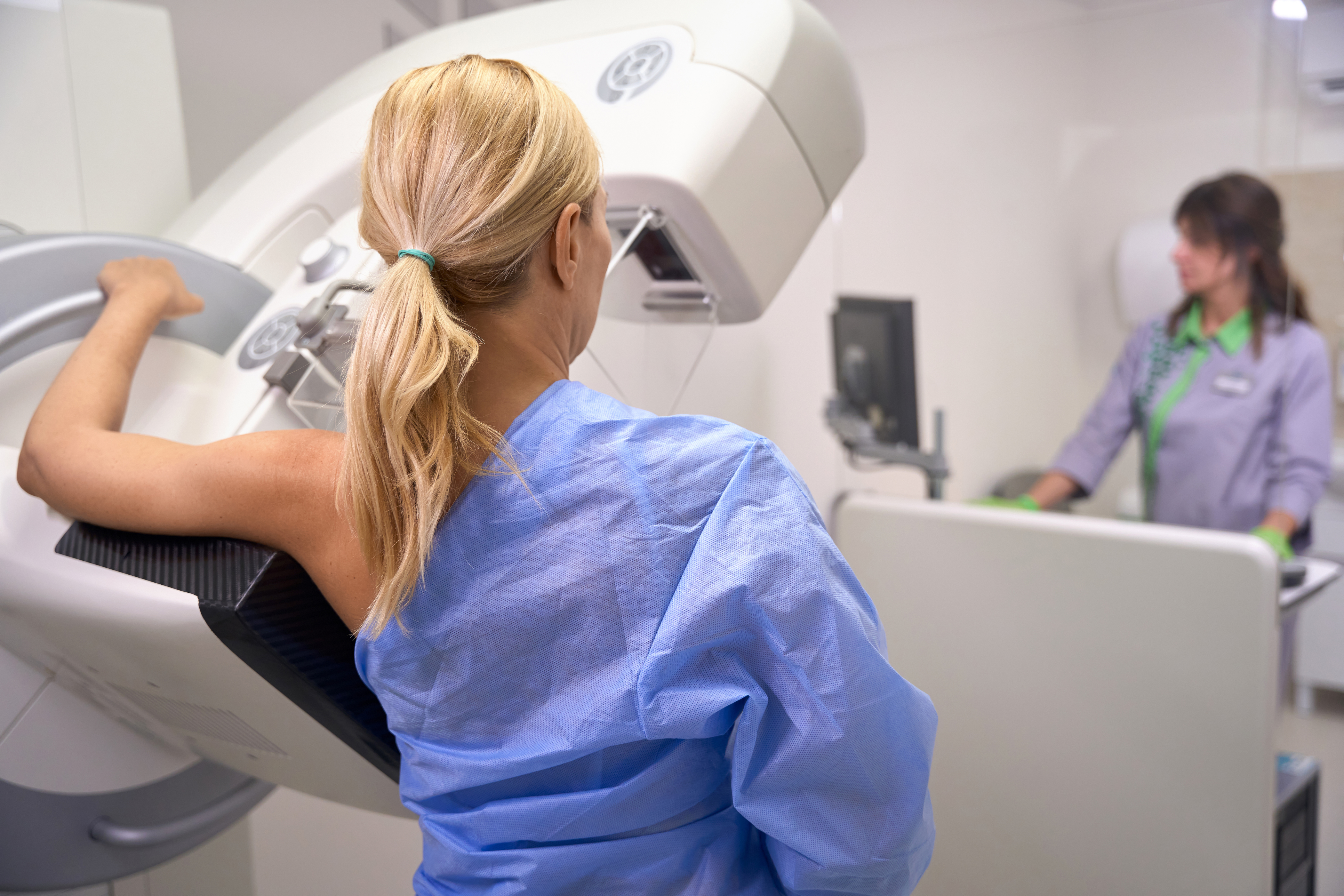
Health

Breast cancer is the most commonly diagnosed cancer among women in Australia, with early detection being crucial to improving outcomes. According to canceraustralia.gov.au, there were 21,194 new cases of breast cancer diagnosed in 2024 (221 males and 20,973 females). The risk for women increases with age. This is why regular mammograms are recommended for all women between 50 and 74. Screening helps to detect cancer early, and often before symptoms are noticeable.
A mammogram is a low-dose X-ray of the breast used to look for changes that may be cancerous. For most women, it’s a quick and straightforward process that takes about 20 minutes. During the procedure, each breast is compressed between two plates to get a clear image. While this may cause temporary discomfort, it’s generally not painful and is over quickly. It’s important to note that you can take this test seated and let your radiographer know your level of discomfort throughout. The potential risks include incorrect results and minimal radiation exposure.
In Australia, the government supports the BreastScreen Australia program, which provides free mammograms every two years to women over 40, with invitations for women aged 50 to 74. This national initiative aims to reduce deaths from breast cancer through early detection and treatment. Participation is voluntary, but strongly encouraged between 50 and 74.
Sometimes, after an initial mammogram, a woman may receive a call back for further tests. It’s important to understand that this does not necessarily mean cancer has been found. In fact, around nine out of 10 women who are recalled do not have breast cancer. A callback may be due to unclear images, dense breast tissue, or the need to investigate a potential abnormality further.
If recalled, women might undergo additional imaging such as diagnostic mammography, ultrasound, or sometimes a biopsy. These tests help doctors get a more detailed understanding of what’s going on. Most results are available quickly, and in many cases, no further action is needed.
To prepare for a mammogram, it’s advised not to wear deodorant, talcum powder, or lotion on the day of the test, as these can interfere with image quality. Wearing a two-piece outfit like a t-shirt and jeans can also make it easier, since you’ll need to undress from the waist up.
Ultimately, mammograms are one of the best tools available for the early detection of breast cancer. With support from government programs and growing awareness, more Australian women are taking control of their health. Staying informed and attending regular screenings could make all the difference.
For more information, visit the Cancer Council.